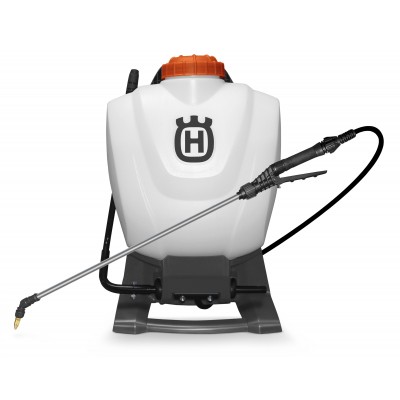- In many cases, a patchy and weed-ridden lawn can be bought back to condition with some basic care
- What lies beneath; is the usual cause of lawn problems with soil compaction issues the main culprit
- All may not be lost and without a complete replacement a patch-up with some new turf often works
There’s nothing worse than putting work into your lawn, only to be still confronted with bare patches, poor grass-growth and weeds starting to take hold. There are a number of things that can contribute to your lawn looking worse-for-wear, but in most cases it tends to be compaction that is the major cause. You’ll often see it at the local park where the bigger-expansive-lawn-areas are in great condition yet areas around the trees, next to pathways and near the kerb are in a state of disrepair.
The larger open-areas tend to get a bit more love-and-care with larger machinery often used for aerating, fertilising, coring and topdressing, and irrigation in some locations. Kids, pets, backyard parties over summer, they can all take their toll and you might start to see compaction issues or well-worn paths or tracks around your own yard. In any event, we’ll look at trying to repair this issue and it will allow us to reduce one of the factors that may be the cause. Like the park scenario above, it’s some well-placed care that we want to provide and timing is important, especially as we move into the cooler months and our grass growth slows down. We want to encourage lawn growth, treat any weeds and get some air into the soil to help with that growth.
First off, establish the extent of bare patches in your lawn. If it’s over 30% we may want to resign our self to the fact that it’s beyond repair prior to winter and look at either returfing or tackle the job next spring. If it’s a few different areas that need attention or bare patches from traffic, consider getting hold of some solid turf rolls or slabs from your local Lawn Solutions Australia turfgrower or Lawn Solutions Centre. If you know your lawn type is a good thing to match what you have or else grab some photos or a sample and get in touch with one of these places to get hold of the appropriate patch-up turf-type. Find out the turf roll or slab size if you can and then with a hoe or mattock shape out the right size patch pieces in your lawn to a depth of around 40mm or an inch and a half. If you can alleviate any soil compaction in these areas at the same time is a great idea with a garden fork or else digging further down and bringing in fresh turf-underlay. Look at aerating the rest of the lawn surface at the same time and if it’s not too cool yet in your location a light topdress on the newly-installed turf patches will also help in recovery.
Hand-weed any other areas not big enough to patch and after aerating apply a balanced fertiliser mix that will give the lawn a boost prior to winter. Keep your eye on the moisture content of the new patches, you can lift up the turf in the first week or so to see how much you need to wet it through and try and keep it moist – and not slushy. A good spray with the hose every couple of days should be enough to get it on it’s way. Try to avoid herbicides at this time of the year as your lawn will not have the vigour it does in the warmer months to respond. Of cause if it’s a bad weed infestation you may not have any option but now is the transition period between summer to winter weeds so a high mow in most cases will be enough. You mainly want to keep any weeds from seeding so setting the mower higher and just taking the grass-leaf top and seed-head is the key.
A trick professionals use at this time of year is a pre-emergent herbicide / fertiliser blend and the new Oxafert product available through Lawn Solutions Australia Turfgrowers and centres is perfect in this regard. Apart from it being a balanced fertiliser application, the pre-emergent may be the trick to help prevent the onset of any new weeds as it lays down a preventative barrier that will last through the winter months. Lawncare doesn’t need to be difficult and a few simple things can help bring it back from the brink and set you up for a fantastic-looking lawn for next spring. If you’d like help with any lawn-care products or turf replacement contact one of the forty-plus Lawn Solutions Australia Turfgrowers nationwide or one of one hundred-plus Lawn Solutions Australia Centres.


